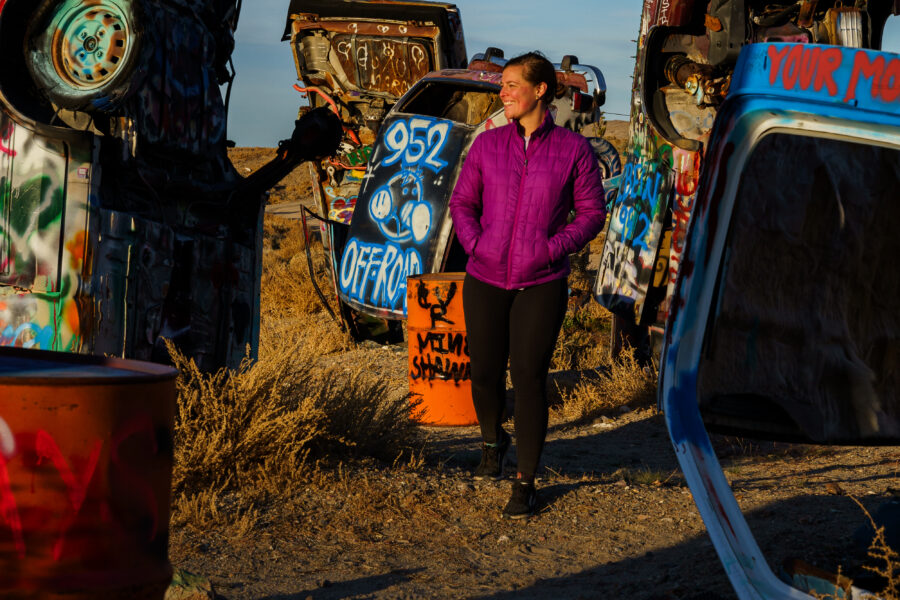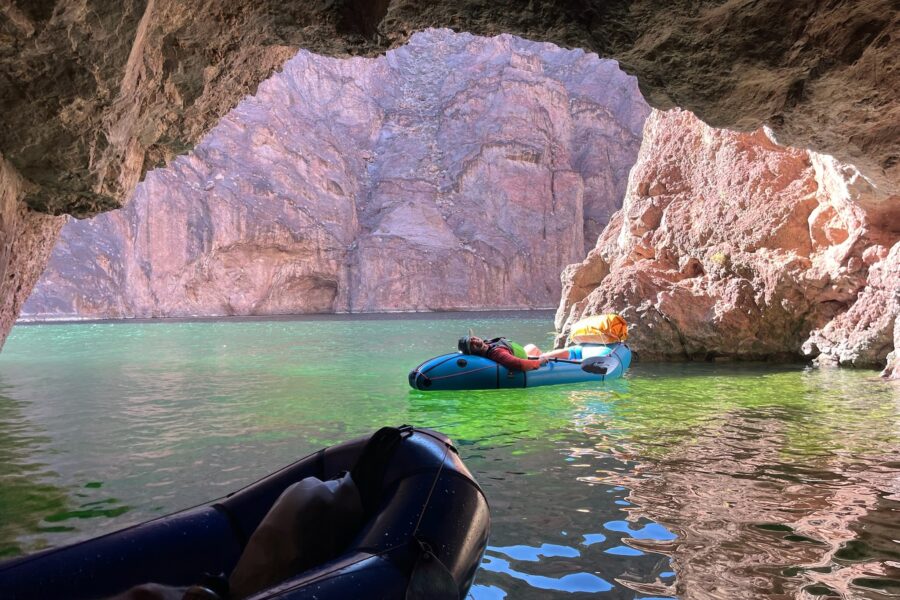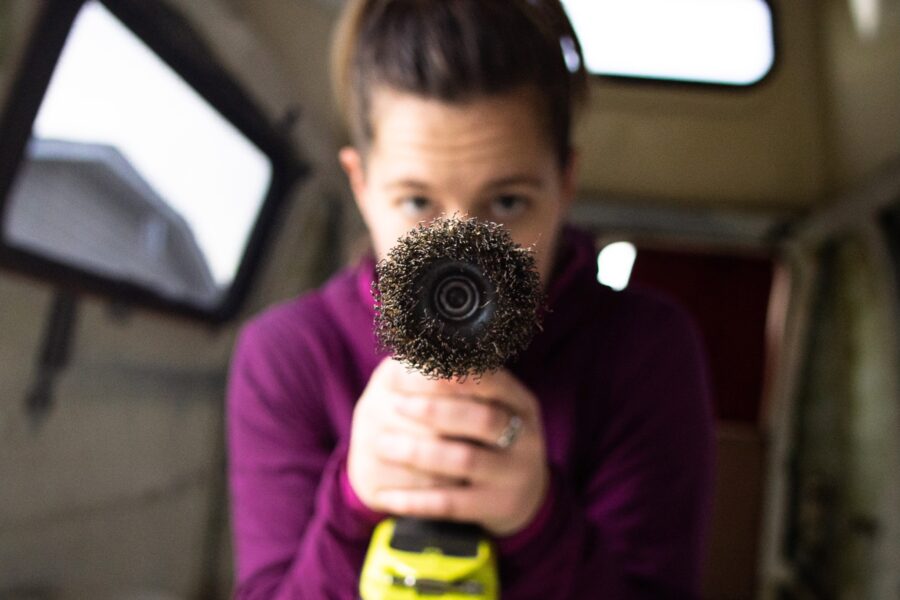
Mindful Travel Photography: Capturing Your Journey for a Deeper Experience was originally presented at the 2025 DIY Trip Summit.
The STELLAR event, the DIY Trip Summit 2025, had over 40 presenters focused on the various aspects of Intentional Travel and how to apply this knowledge to traveling in Europe.
During my session on Mindful Travel Photography, I take you with me to photograph the cute little coastal town of Port Townsend, Washington. We start with defining intentional photography and learning a few foundational aspects of photography. The goal is to empower you with the tools to grow as an ethical photographer. You’ll learn to capture your travels in a way that uplifts the places and people you visit while deepening your travel experience.
In this session, you will learn:
- How to use photography to truly connect with the places you visit.
- Techniques for capturing the heart and soul of your journey.
- Tips to create photos that tell your unique story—whether for yourself or to share with others.
Check out the full video and transcript below. Everyone learns differently, so I have created a few ways for you to absorb this information. Take a peak at the Mindful Travel Photography article which discusses the nuance of mindful travel photography, provides prompts to help guide your journey to intentional creation, and provides instructions on putting it all together in a beautiful story, is also available.
Let me know what roadblocks are standing in your way of diving into Mindful Travel Photography. What possible challenges are you anticipating?
Ready to dive into intentional photography?! Grab the Mindful Travel Photography Guide
Timestamps
00:00 Intro + welcome
00:23 The importance of intentional photography
00:45 What you’ll learn today
01:20 What is respectful photography?
02:30 Knowing when to put the camera away
03:42 Photography fundaments + shot list
04:53 Travel photography + storytelling
05:55 Becoming a mindful photographer
09:00 Understanding your impact
11:33 Best practices for mindful travel photography
13:29 Intentional travel, photography and storytelling
Transcript
(0:00 – 0:12)
Hi, everyone, and welcome. I’m Candice, a photojournalist, tour guide, and intentional traveler, and I’m so excited you’re here. Welcome to this session, Capturing Your Journey, Mindful Travel Photography, and Beyond.
(0:24 – 0:46)
Today, we’re diving deep into travel photography in a way that promotes mindfulness and respect. I’m a big believer in intentional travel, which means we’re intentional about the stories that we’re capturing and we understand our impact as visitors. Photography is such a powerful tool, and when done thoughtfully, it can enhance our experiences by giving back to the places we visit.
(0:47 – 1:19)
We’re going to explore everything from framing and ethical photography practices that ensure we’re respectful of the people and cultures we encounter. Whether you’re shooting with a DSLR, a mirrorless, a smartphone, action cam, or a drone, the goal here is to help you find your unique style and create travel content that tells a meaningful story. So grab your camera or notebook, and let’s start capturing stories in a mindful and meaningful way.
What is Mindful Travel Photography?
(1:19 – 1:44)
Let’s start with something that I consider foundational, respectful photography. This means recognizing that every person, place, and moment has a story, and it’s our responsibility to approach those stories with respect and understanding. For example, when photographing people, especially in different cultural settings, it’s crucial to ask for consent.
(1:46 – 1:58)
Just because something looks interesting doesn’t mean it’s okay to take a photo of it. Imagine how you’d feel if somebody started snapping photos of you without your permission. It’s no different when traveling.
(2:01 – 2:34)
Recognizing when you are in sensitive situations is essential. In places of worship or during private moments of life, like funerals or personal celebrations, sometimes your camera is unwelcome. Learn how to navigate these situations with grace.
Always ask yourself, would I want my photo taken if girls were reversed? It’s like a photo. Recognizing when you are in sensitive situations is essential. Another key point is knowing when to put your camera away.
(2:35 – 5:58)
For example, I was in a beautiful cathedral in Prague, and everybody was praying. They’re going about their business, but there were also a lot of us tourists that were there to see the beautiful scenery and whatnot. But anytime somebody took out their camera or their phone to take a photo, over the big loudspeaker, somebody would say, no photos.
So somebody was up there watching, so every time somebody took out their camera or their phone, no photos. Can you imagine being that person, deep in prayer, trying to have a moment, a spiritual moment, and you just constantly hear, no photos? These are moments when we need to check ourselves and recognize we don’t need photos of everything. Everything is cool and fun and interesting, but sometimes it’s better just to exist in the moment and recognize our impact as travelers on everybody around us, right? But sometimes the most powerful moments happen when we’re fully present, without the lens between us and the experience.
Fundamentals of Photography + Shot list
There’s a balance, and the more mindful we are, the richer our stories will be. Now let’s get into some photography basics. These tips will help elevate your travel photos.
Framing is an essential element to any visual media. To use the rule of thirds, imagine your frame divided into thirds, with two horizontal lines and two vertical lines. Using the rule of thirds and the golden ratio helps naturally direct the eye.
We could do a deep dive into these foundational techniques, but we only have 25 minutes, so I offer an ebook for those who want to dive in further. I like to think of capturing a place in three stages, wide, close-up, and detailed. Wide shots give your viewer the full context.
Think of those sweeping landscapes or cityscapes that set the scene. Closer shots or medium shots bring the focus to something specific, maybe it’s a person, a building, or a beautiful tree. Then the detailed shots capture the little things that often go unnoticed, like the texture of sand, the intricate design of a window, or even the shining light through the leaves.
These teeth, for example, were later installed by a local dentist well after the fountain was first created. Now that we’ve covered some of the basics, let’s talk about my favorite topic, storytelling. Photography is more than just capturing beautiful images.
It’s sharing a story, capturing a moment, and creating a feeling. Think about it. Every place you visit, every person you meet has a unique story.
The way you choose to capture that story is where your creative voice comes in. A good travel story is immersive. It helps draw the viewer in and makes them feel like they’re right there with you.
Start by asking yourself, what’s the story I’m trying to tell here? Are you trying to capture the vibrancy of a local market or the peaceful solitude of a hidden beach? Your intention should guide every shot you take. One key tip is to capture a variety of shots to help build your story. Don’t forget the most important element, emotion.
Your best stories will come from the moments that moved you. So trust your instincts, be curious, and above all, enjoy discovering and capturing the stories around you. Alright, let’s talk about how we can all be more mindful photographers.
Prompts to help you become an ethical photographer
(6:00 – 6:16)
It’s so easy to get caught up in getting the perfect shot, but we gotta think beyond the lens. These prompts are designed to help you approach photography ethically and intentionally. Grab your notebook or just take a moment and reflect on these prompts whenever you’re out shooting.
(6:16 – 11:33)
These will also be listed in the freebie. Prompt number one, am I adding to the story or taking away from it? Before snapping that photo, ask yourself, is this moment something I’m truly appreciating or am I just trying to capture it for the sake of it? Consider how your presence and your camera might affect the scene. Are you enhancing the story or intruding on someone’s personal space? Prompt number two, have I asked for consent? Respecting especially if you’re photographing people up close.
Ready to dive into intentional photography?! Grab the Mindful Travel Photography Guide
If there’s a language barrier, a simple smile and a gesture towards your camera can often convey your intention. And remember, no photo is worth making someone uncomfortable. Prompt number three, am I capturing this moment with an open heart and mind? Sometimes putting the camera down and just being present is more powerful than any photo you could take.
When you focus on truly connecting with the place and its people, the images you eventually capture will be more meaningful. Prompt number four, what story am I telling with this photo? Before you press that shutter, think about the story your image conveys. Are you portraying the place or person in an authentic light or are you just chasing an Instagram perfect shot? Ethical storytelling means honoring the truth of what’s in front of you.
Prompt number five, am I respecting the environment? Photography isn’t just about people, it’s also about the places we visit. Be mindful of fragile environments. Don’t trample over protected areas just to get the perfect angle.
The goal is to leave no trace and ensure that others can enjoy these spaces too. I hope these prompts help guide you to becoming a more ethical and intentional photographer. Let’s make a conscious effort to capture the world around us with respect and appreciation.
Intention Travel + Mindful Photography = Deeper Experiences
As travelers, it’s easy to get caught up in the excitement of new places. But for us, it’s about more than just visiting, it’s about connecting and giving back. Everywhere we go, we make it a point to support the communities that welcome us, whether it’s through purchasing from local vendors, participating in cleanup projects, or simply sharing skills, we strive to leave a positive impact.
Ethical travel photography begins with understanding the impact of your lens. Whether you’re photographing local communities or natural wonders, every click tells a story that should respect the subject and its context. When photographing nature, prioritize preservation over the perfect shot.
Stay on marked paths, use sustainable gear, and avoid interfering with the environment. Our journeys take us to some breathtaking places, but with that privilege comes a responsibility of leaving them as untouched as possible. The Leave No Trace principles are a guide to sustainable exploration to help us protect the landscapes and cultures that we cherish.
Preparation is key to minimizing impact, research your destination, pack essentials, and know local regulations to avoid unintentional harm. What you bring in, you take out. Properly disposing of all waste, including food scraps, ensures that we’re not disrupting any ecosystems.
Give wildlife the space to thrive. Avoid feeding or disrupting their natural habitats to help maintain a natural balance. Our actions affect other adventures.
Sharing the outdoors means matching the energy and noise of the environment and leaving the space better than we found it. It’s so good! Ethical travel photography is more than a practice. It’s a way to honor the beauty of the world while protecting its future.
Together, we can create images that inspire without harm. Editor’s note, director’s cut. That last segment was filmed in pristine lighting, but we ran out of daylight, so let’s get into best practices now in this fresh day, fresh light.
Best Practices for mindful Travel Photography
(11:33 – 11:40)
Let’s go. We’ve gone over a lot. Let’s summarize some best practices for ethical travel photography.
(11:41 – 11:54)
Plan ahead and learn about the area in advance. Before heading to a location, research the unique environmental challenges and guidelines for visitors. Many parks and protected areas have very specific guidelines for photographers to follow.
(11:55 – 12:09)
Support local conservation efforts. Your work as a photographer can help conservation efforts in tangible ways. By promoting responsible tourism and highlighting the beauty of natural areas, you can inspire others to help protect them.
(12:11 – 12:53)
Use sustainable gear. Buying stuff like rechargeable batteries, buying from places that are carbon neutral or carbon zero, b-corps. These are all great ways of buying sustainable, finding products that are sustainable, especially within the photography world.
It’s important to buy high quality gear that you’re not going to have to replace over and over and over and over again. Try to minimize your wear. Respect wildlife and natural features.
Avoid interfering with the animals, disrupting the environment. The key is to capture the environment as it is, not as we wish it to be. Incorporate sustainability into your workflow.
(12:54 – 14:07)
Sustainability doesn’t end in the field. Once you get home, it’s important to use digital tools to minimize your paper waste or share your content in a way that advocates for more environmental stewardship. Embrace other cultures by learning about their cultural norms and showing them respect, as well as giving back to those communities that are so welcoming to us.
Travel is a two-way street. We take experiences and memories, and in turn, we give back something meaningful. This is a thank you for those people and places that have enriched our journey.
Photography is such a powerful tool for storytelling, and when we use it with intention, it just deepens our connection to the places we’re visiting. As we wrap up, I hope you’re feeling inspired to go out there and start capturing your own travel stories in a mindful, respectful way. Photography is such a powerful tool for storytelling, and when we use it with intention, it deepens our connection to the places we visit.
(14:09 – 14:22)
Before we go, I’ve put together a couple resources to help you on your mindful travel photography journey. I’m offering a free PDF that summarizes everything we’ve gone over today. It’s great for a quick reference guide while you’re on the road.
(14:23 – 15:11)
You’ll also find a special e-book in the first class class that goes even deeper into how to become a more ethical travel photographer and how to become an even better storyteller. If you’re looking to dive into advanced photography techniques, working with different tools, and finding your unique style, visit my website www.chasingcandice.com to find my e-book, The Foundations of Photography. And if you’re looking for more personalized advice, I offer one-on-one consultations where we can discuss your photography and travel goals.
I love connecting with fellow travelers and photographers, so feel free to reach out. You can find me on all social platforms at @chasing.candice, except Facebook. That one is at @chasingcandice without a dot.
(15:12 – 15:25)
Thank you so much for joining me today. Remember, the most important part of photography is to have fun, be present, and let your unique perspective shine. Thank you so much.
Happy travels and happy shooting.
Key Take Aways for Mindful Travel Photography
📸 Prompts to help you become an Ethical Photographer:
1. Am I adding to the story or taking away from it?
2. Have I asked for consent?
3. Am I capturing this moment with an open heart and mind? Am I practicing non-harming?
4. What story am I telling with this photo?
5. Am I respecting the people, place, environment and myself?
🗺️ Best Practices for Mindful Travel Photography:
- Plan ahead and learn about the area.
- Support local conservation efforts.
- Use sustainable gear.
- Respect wildlife and natural features.
- Learn and embrace all cultures.
- Incorporate sustainability into your workflow.




